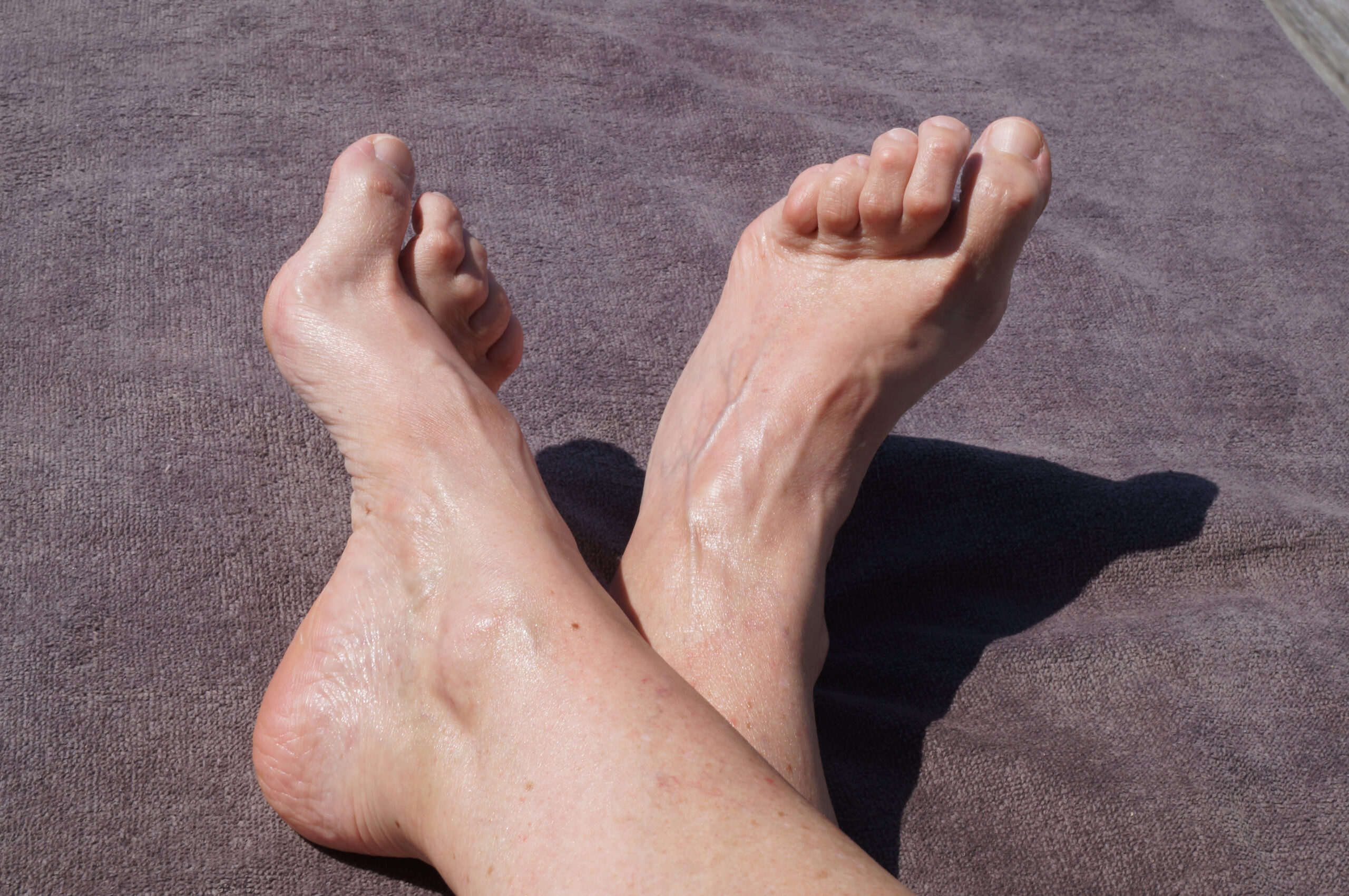Hammertoes
Applies to: Foot/Ankle

A major culprit of toe deformity in adults is tendon imbalance. When the foot’s natural function is disrupted, the tendons may stretch or tighten to compensate.
A hammertoe is a condition where the middle joint of a toe points upward instead of lying flat, causing discomfort, redness, and swelling, particularly during walking. The protruding toe joint rubbing against shoes can lead to the development of corns and calluses.
A family history of hammertoes can also increase the risk of developing them, as does excessive long toes, flat feet, high arches, foot injury, or arthritis. Wearing high heels or poorly fitting shoes can contribute to this issue. Initial treatments involve wearing appropriately fitting shoes and using specific inserts.
A visit to a podiatrist, including an x-ray, is essential to determine the appropriate course of treatment. The podiatrist may apply special taping with padding to help correct the hammertoe. In more severe cases, surgery becomes an option.
NOTE: People with diabetes must take special care; hammertoes don’t produce sores that won’t heal properly. Routine visits to the podiatrist and a diabetic foot care program are highly recommended.
